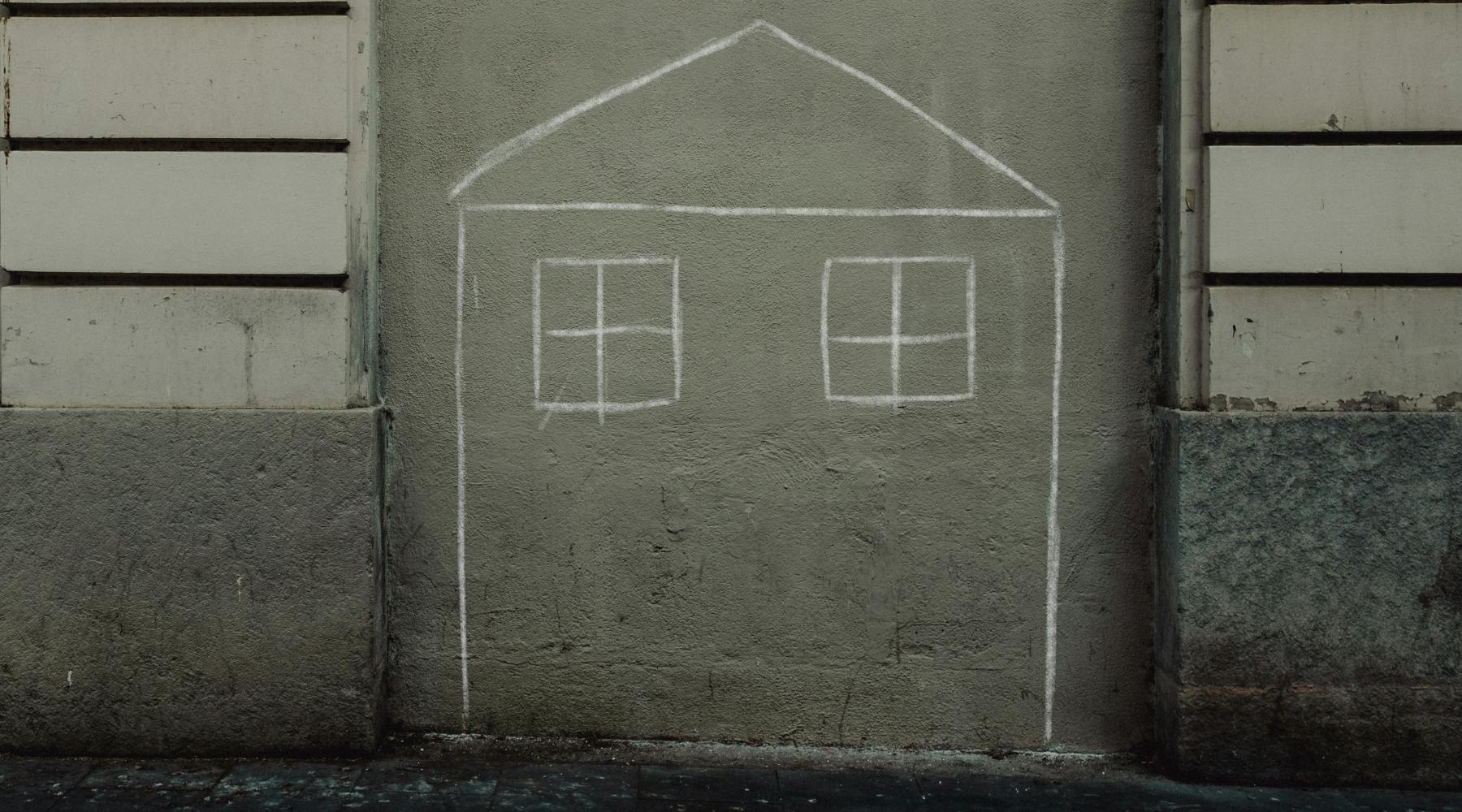Article
How many housed Calgarians are at risk of homelessness?
A new University of Calgary report is shedding light on financial challenges that put people at risk of homelessness and policy interventions that could make a difference
26 October 2023

Homelessness is a problem that is not always visible. Around 350 people a month become homeless for the first time in Calgary, but what is the total number of people at risk of homelessness, and what are the circumstances that brought them there? A new research study conducted by Ron Kneebone and Margarita Wilkins from the School of Public Policy at the University of Calgary delves into these questions in a new report estimating the number of Calgarians at risk of homelessness.
Homelessness is not a static condition. People who experience homelessness today may not have been homeless in the past and may not be in the future. Data from homeless shelters shows that many people use shelters infrequently and for short periods. This fact suggests there is a significant population of individuals who are currently housed but at high risk of losing their housing. One of the key takeaways from this study is that approximately 115,000 housed Calgarians living in approximately 40,000 households are at very high risk of losing their housing.
This study uses a multi-faceted approach to identify individuals at risk of homelessness, relying on 2016 census data because 2021 census data was deemed unreliable due to temporary income fluctuations. Data on the cost of housing, food, income, and food bank usage were all used to estimate the number of people at risk of homelessness. This study assumes those at risk of losing their housing will pursue renting lower-cost accommodations and will reduce their food budget by up to 50% by going to the food bank.
A person is considered at risk of homelessness when their income is insufficient to cover their basic needs, including housing. A prerequisite for being at risk of homelessness is living in income poverty. The Market Basket Measure is a measure of low income based on the cost of a basket of goods and services that a family requires to meet their basic needs – including secure housing - and is used as a starting point to estimate the number of people at risk of becoming homeless. However, being below the poverty line does not automatically imply high risk; it depends on a person's efforts to address their situation.
"Relatively small policy interventions, such as a 10% reduction in rents or a 10% increase in incomes, can significantly reduce the number of people at risk of homelessness."
The study assumes that individuals at risk of homelessness employ various strategies to keep their housing. For instance, they minimize rent by seeking the most affordable accommodations, which could result in crowding by sharing housing with others. They also minimize their food expenditures by relying on food banks. Individuals at risk of homelessness will also reduce their expenditures on non-housing and non-food items such as clothing, technology, or other household items to avoid losing housing. Those at the highest risk have not only low incomes but have also exhausted most of their options for reducing their expenses and are most likely doing everything they can to keep a roof over their heads.
One of the key findings is that relatively small policy interventions, such as a 10% reduction in rents or a 10% increase in incomes, can significantly reduce the number of people at risk of homelessness. Food banks also play a crucial role in helping people avoid homelessness by freeing up income for housing costs. The study acknowledges its limitations, including assumptions about family composition, income distribution, and access to food banks. The study also does not explicitly account for the added risk of homelessness faced by individuals with disabilities or those with ethnic disparities in homelessness risk due to housing market prejudices.
By emphasizing the importance of identifying those at high risk and understanding their strategies to retain housing, this study provides valuable insights for policymakers. It underscores the need for improved income and housing policies to prevent individuals and families from falling into homelessness due to financial struggles. As homelessness continues to be a pressing issue, this research is a valuable resource for developing targeted interventions to address the root causes of homelessness and support those most in need.

Risk of Homelessness
Significant numbers of people and families in Calgary face financial challenges that put them at risk of homelessness. Learn more about risk factors and possible solutions in the School of Public Policy's report: How many people are at risk of homelessness?
Related Articles
Alberta gig workers push for recognition as unstable incomes, burnout take toll
New research from the Calgary Social Policy Collaborative reveals insights into trends, challenges and solutions for Alberta's gig workers

New research sheds light on Alberta’s gig economy
Calgary Social Policy Collaborative’s new report exposes the pressures facing Alberta’s gig workers and the policy tools that could better support them

Vibrant Communities Calgary addresses Council during budget deliberations
VCC’s advocacy to Calgary City Council on key social issues was covered by the Calgary Herald and Sun, and LiveWire Calgary.

